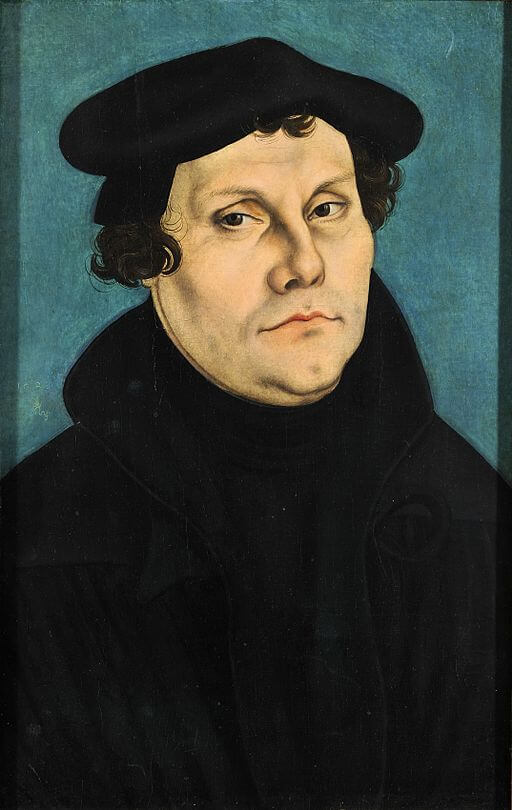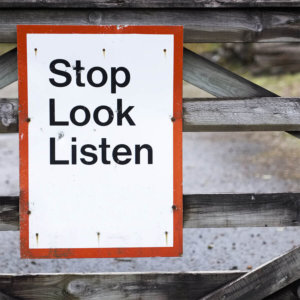
Luke 11:1
I had been in ministry for at least 20 years and felt some degree of competency in some areas of ministry, but not in prayer. I sensed I was missing the heart of what life and ministry is: prayer. I have thus for the last 20 years tried to give more time to learning about prayer and to praying. And for the last few months I have been writing “Praying with the Psalmists: Daily Retreats for the Season of Lent 2015; available February 9).
A person who helped me a lot with prayer is Martin Luther, especially his booklet, A Simple Way to Pray. It is a little book that has wielded a big influence for the last 500 years. Many Christians and Christian leaders rank A Simple Way to Pray as their favorite book on prayer.
This “simple” primer on prayer dates back to the spring of 1535 when Luther sat in his barber’s chair in Wittenberg, Germany. His barber, Peter Beskendorf, thought he saw a strong connection between Luther’s spiritual influence across Europe and his devotion to prayer. So the barber asked Luther to teach him how to pray.
That set Luther to writing, and he quickly returned to his barber with this little book on prayer. The book proved so popular with people that it went through four editions in just the first year.
In A Simple Way to Pray Luther roots prayer in God’s Word. He understands prayer as holy dialogue in which God initiates the conversation in His Word and then people respond to Him. Luther calls his simple way to pray “a garland of four twisted strands” which we present to God. Each of the four strands comes from a question we ask of the words of Scripture. Those four strands, or questions, are:
- What INSTRUCTION is there for me?
- What cause for THANKSGIVING is there?
- What CONFESSION is evoked?
- What PRAYER petition is appropriate?
Our answers to these four questions are woven into a prayer garland that we present to God. Luther illustrates weaving these four strands for prayer from the first line of the Ten Commandment: “…you shall have no other gods before me” (Exodus 20:3). Consider Luther’s example in his words:
THE FIRST STRAND – INSTRUCTION
Here I earnestly consider that God expects and teaches me to trust him sincerely in all things and that it is his most earnest purpose to be my God. I must think of him in this way at the risk of losing eternal salvation. My heart must not build upon anything else or trust in any other thing, be it wealth, prestige, wisdom, might, piety, or anything else.
THE SECOND STRAND – THANKSGIVING
Second, I give thanks for his infinite compassion by which he has come to me in such a fatherly way and, unasked, unbidden, and unmerited, has offered to be my God, to care for me, and to be my comfort, guardian, help, and strength in every time of need. We poor mortals have sought so many gods and would have to seek them still if he did not enable us to hear him openly tell us in our own language that he intends to be our God. How could we ever-in all eternity-thank him enough!
THE THIRD STRAND – CONFESSION
Third, I confess and acknowledge my great sin and ingratitude for having so shamefully despised such sublime teachings and such a precious gift throughout my whole life, and for having fear- fully provoked his wrath by countless acts of idolatry. I repent of these and ask for his grace.
THE FOURTH STRAND – PRAYER
Fourth, I pray and say: “O my God and Lord, help me by thy grace to learn and understand thy commandments more fully every day and to live by them in sincere confidence. Preserve my heart so that I shall never again become forgetful and ungrateful, that I may never seek after other gods or other consolation on earth or in any creature, but cling truly and solely to thee, my only God. Amen, dear Lord God and Father. Amen”.
In A Simple Way to Pray Luther tells his barber that just like “a good and attentive barber keeps his thoughts, attention, and eyes on the razor and hair”, so he will need to keep his thoughts and attention on God’s Word as he prays. Luther encouraged Peter to “let prayer be the first business of the morning and the last at night.”
All this from the man who made time to lead the Reformation, translate the Bible from Hebrew and Greek into German, write numerous Bible commentaries, many volumes of sermons, and several hymns, including, “A Mighty Fortress Is Our God”. Luther’s life proves the old adage: “When we work, we work. But when we pray, God works.”
Grace and peace,
Tim
P. S. Please feel free to email, or write us (8171 E. Del Joya, Scottsdale, AZ, 85258) for your copy of our new daily devotional, “Praying with the Psalmists: Daily Retreats for the Season of Lent 2015.”
Painting of Martin Luther by Lucas Cranach the Elder [Public domain], via Wikimedia Commons



